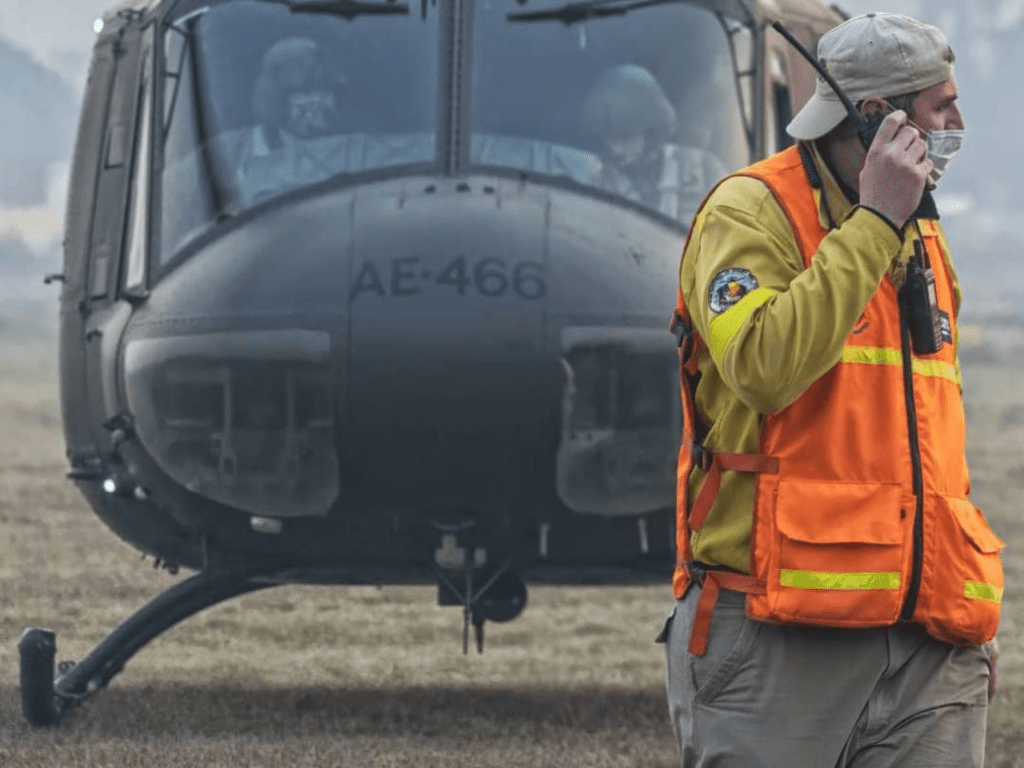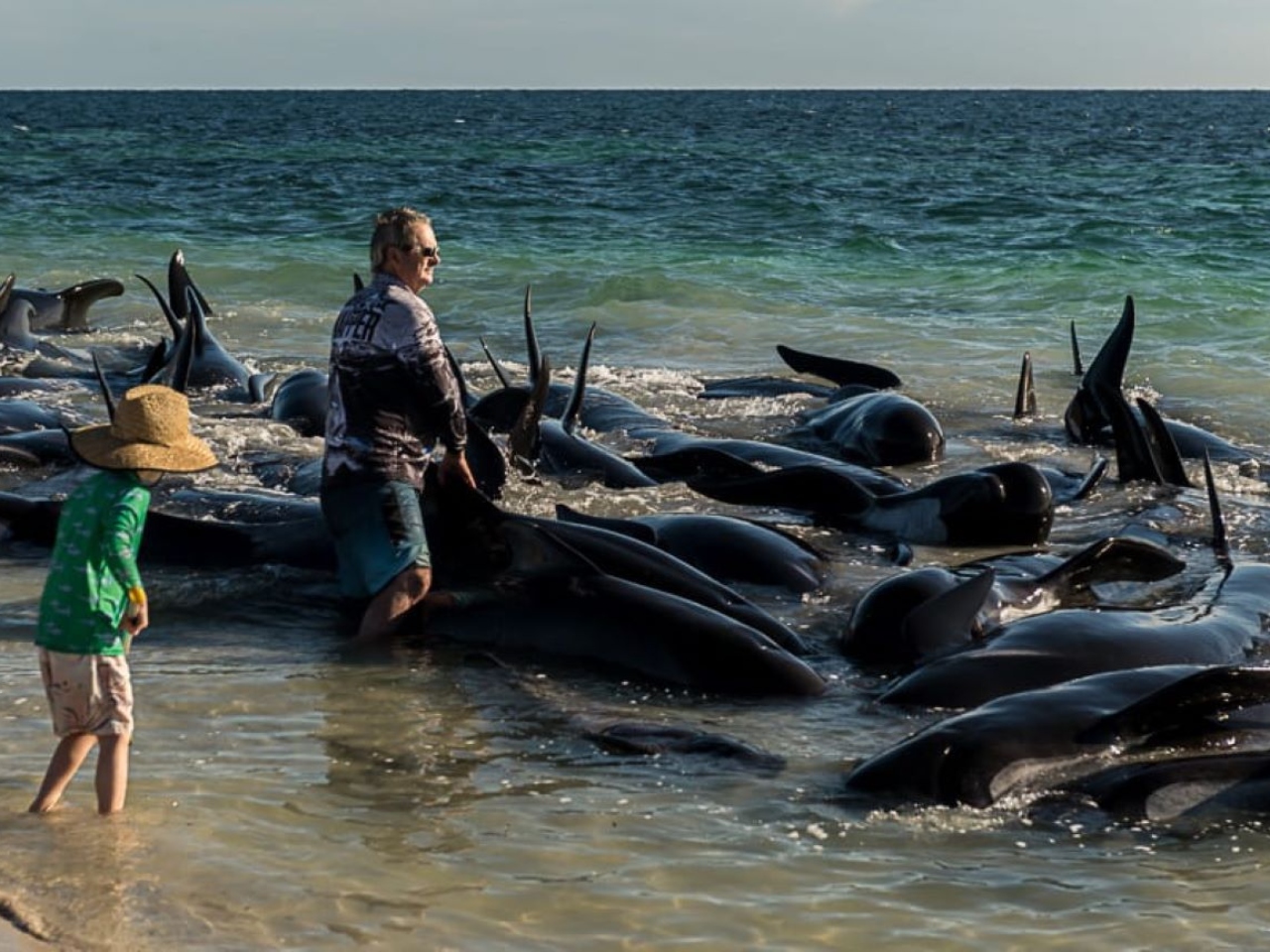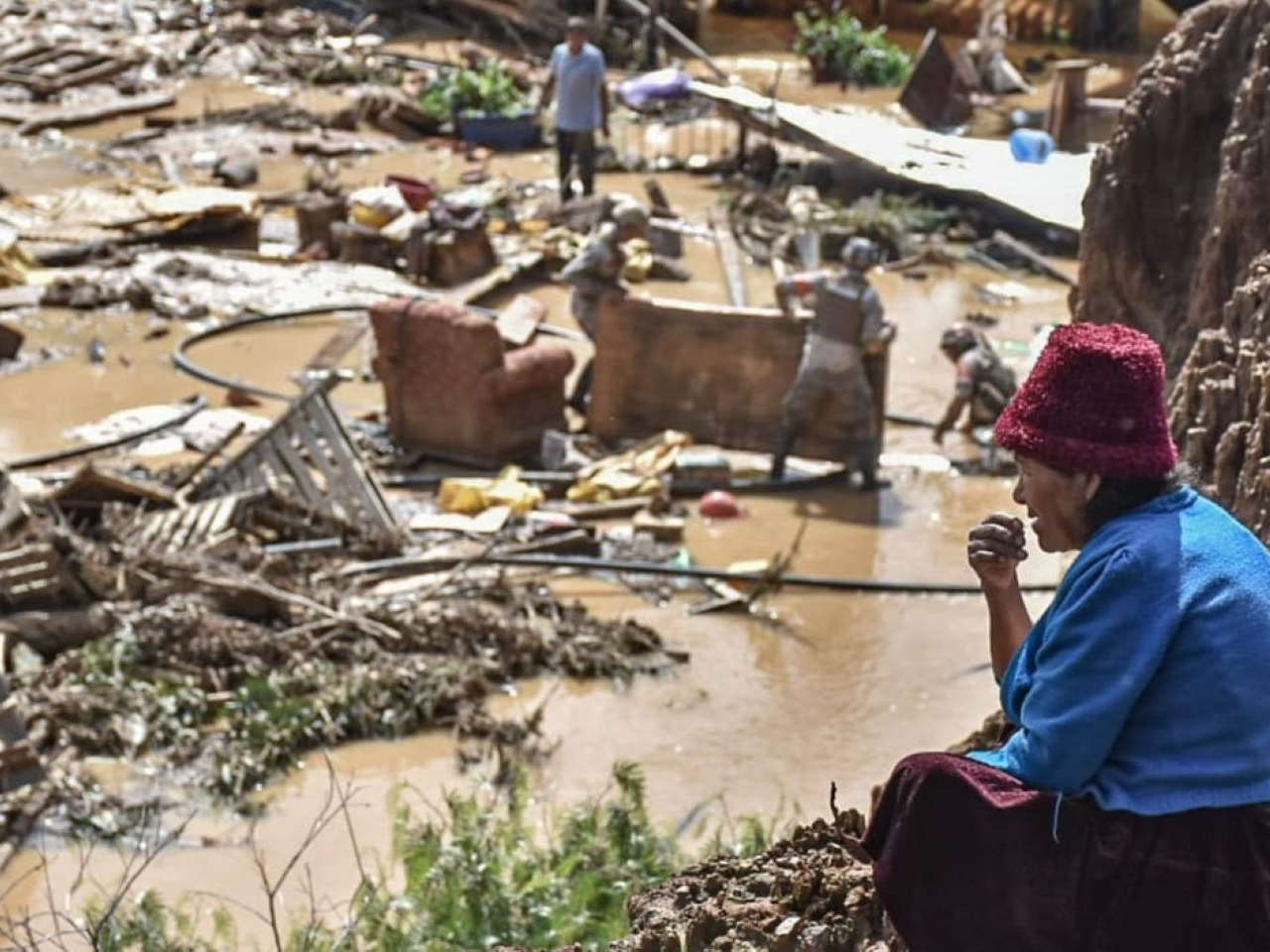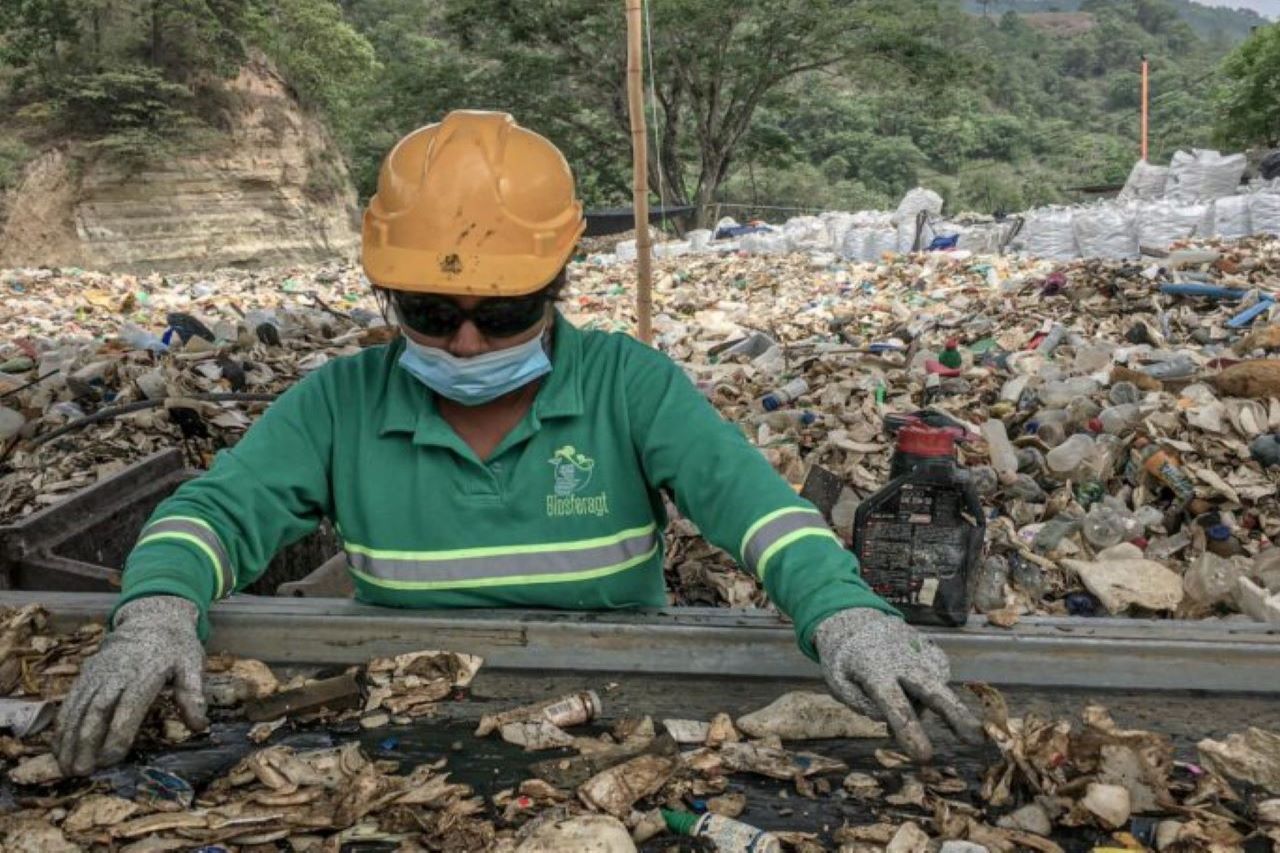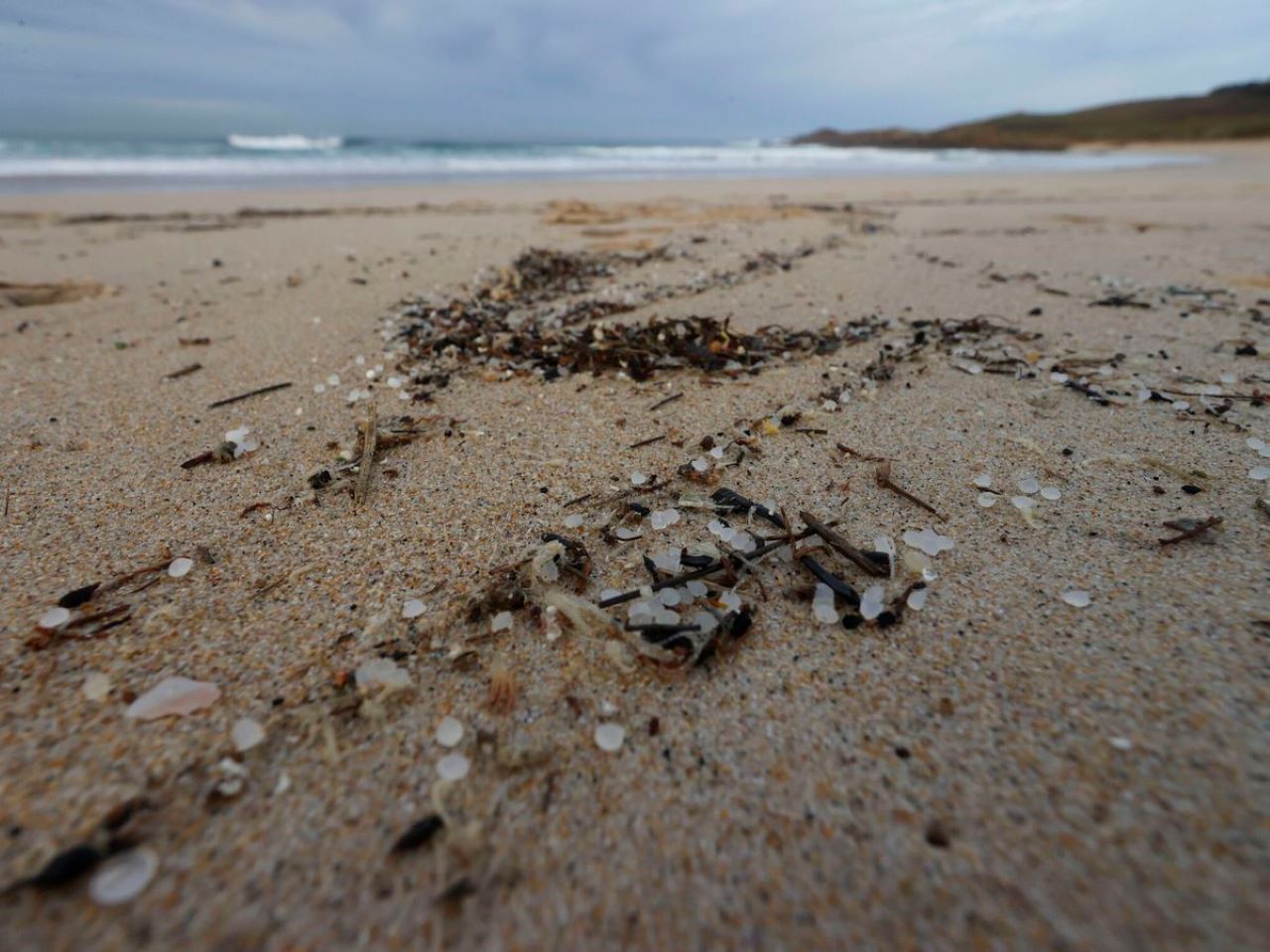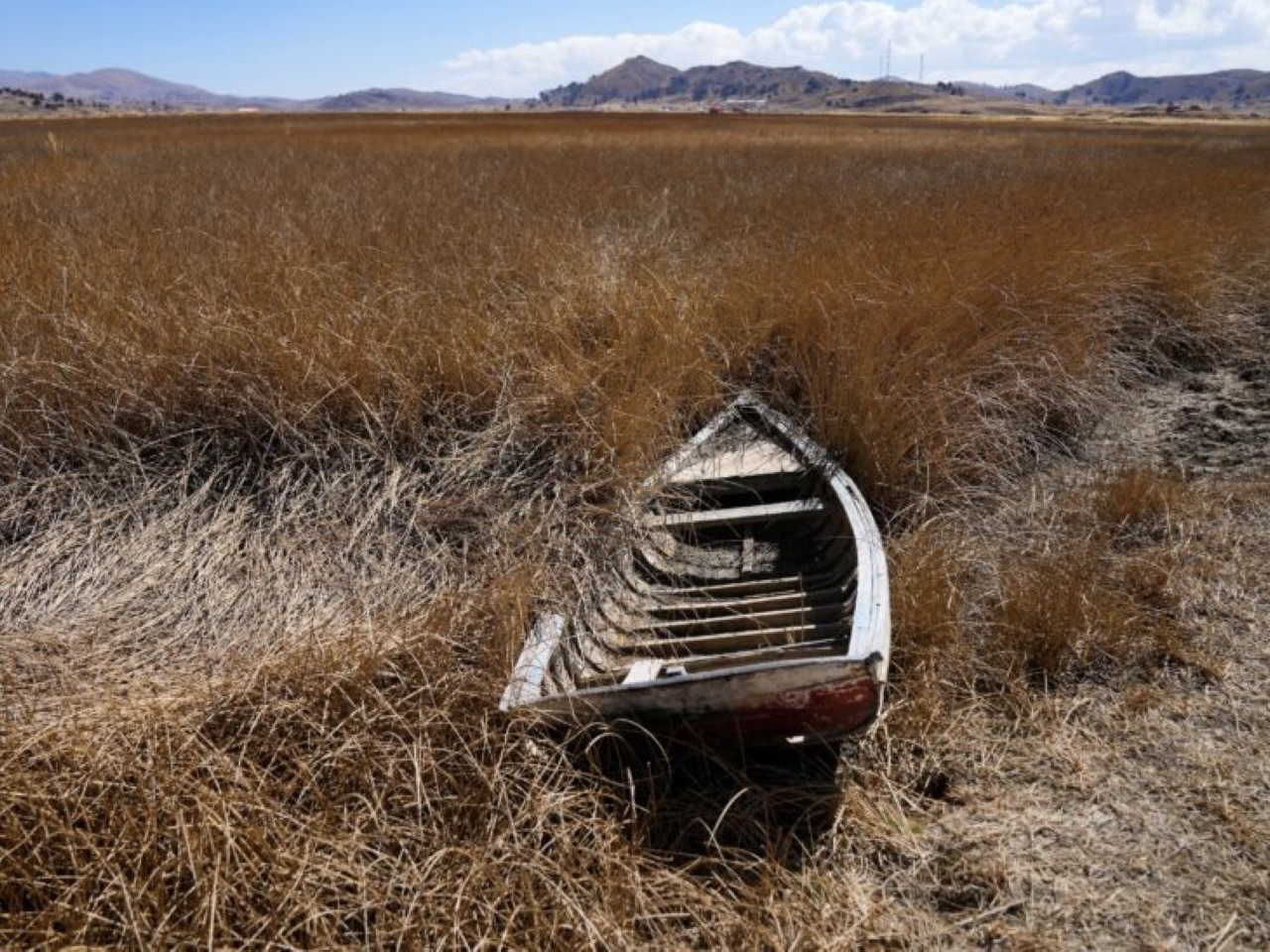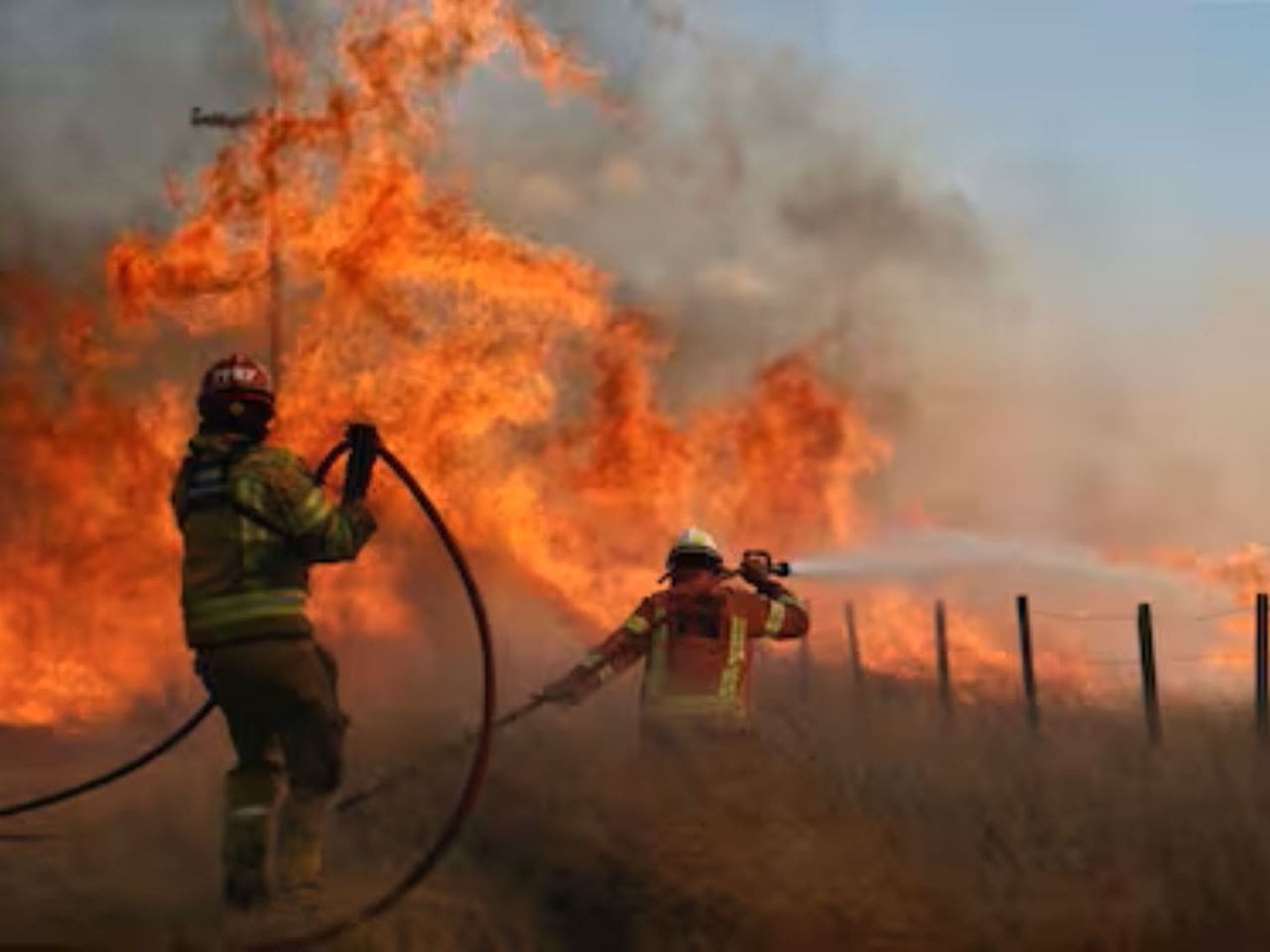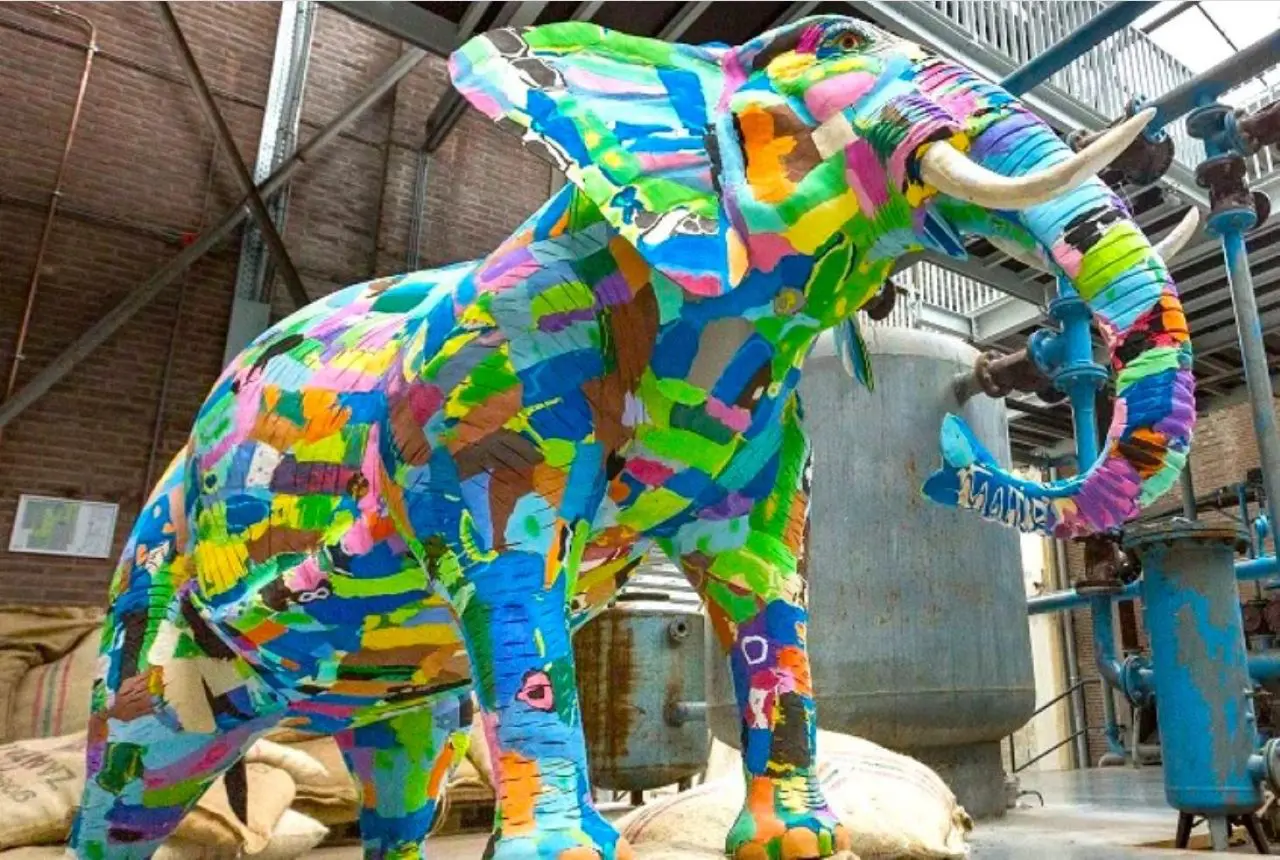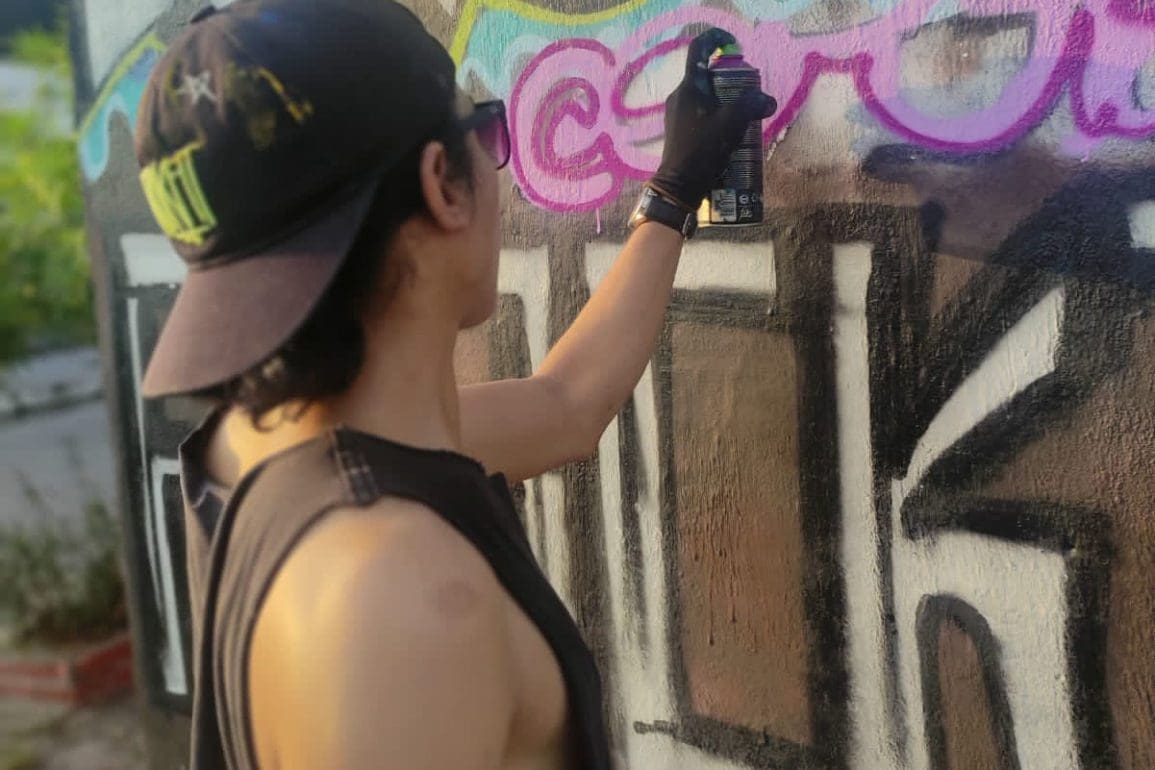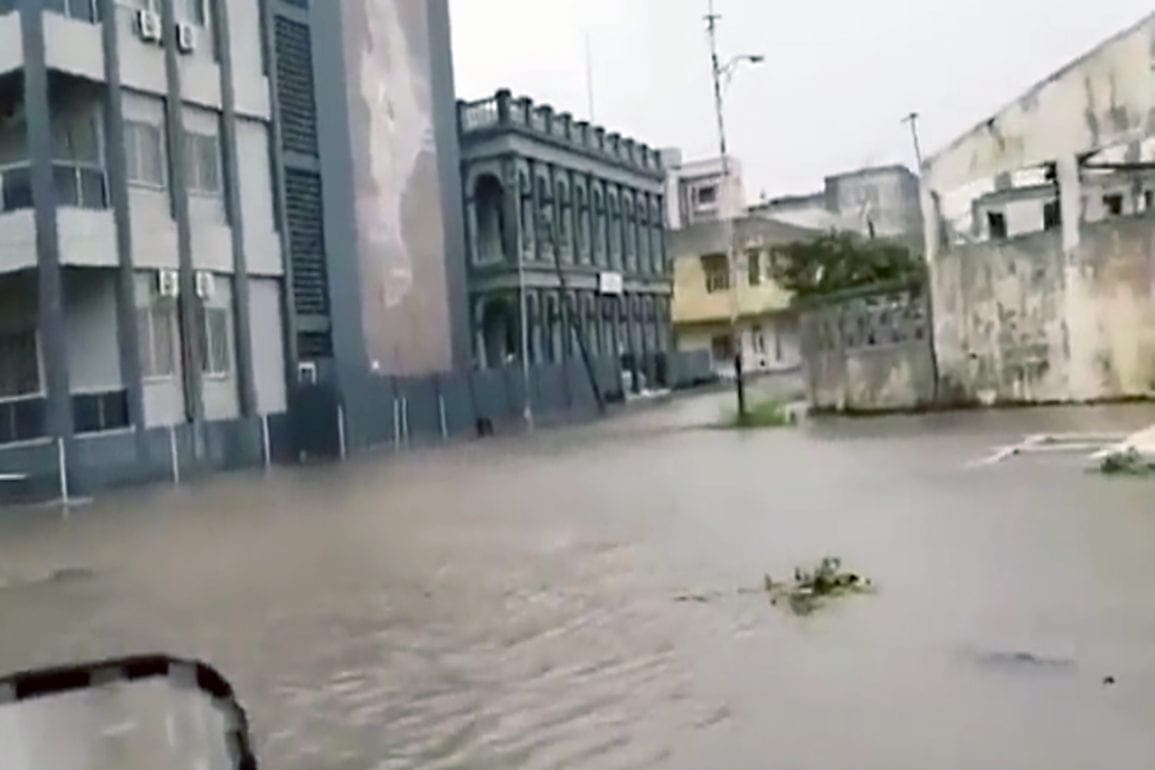In the Paraná Delta wildfires threaten islanders, change an ecosystem
I heard screams and squeals, and saw branches become dust in the heat of the furnace. I cannot forget the shocking colors of the fire. Tints of red and orange transmitted an oppressive, uncontrollable, and devastating heat.
- 3 years ago
December 18, 2022
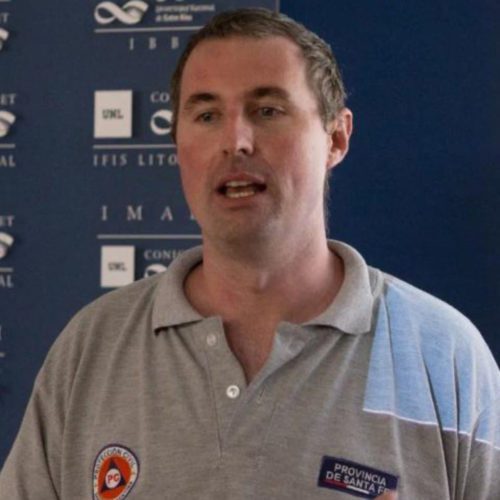
ALVEAR, Argentina — When we arrived at the Paraná Delta, we witnessed the desolate panorama of a sixth-generation fire burning in extreme conditions. We fight the fires to help the islanders and the ecosystem. However, we could not have understood the magnitude until we saw it with our own eyes.
The flames placed the homes in the area at risk. They endangered the lives of the brigade members and the animals fleeing from danger. I heard screams and squeals, and saw branches become dust in the heat of the furnace. I cannot forget the shocking colors of the fire. Tints of red and orange transmitted an oppressive, uncontrollable, and devastating heat.
Read more stories about fire-related incidents and heroes around the globe from Orato World Media.
The smell of burning grass mixed with smoke brought tears to my eyes and hurt my throat. The fire emanated suffocating temperature and contaminated the oxygen in the air.
Fighting the fire like a theater of war
The Unified Command progressively worked on saving something precious – our natural resources. On the frontline, I could see the damage to the ecosystem. I had to force myself to breathe, selecting the air or volume of contaminated oxygen I allowed to enter my body. Together with me team, we performed protective maneuvers.
While this is my work, I felt the strongest sense of shock I ever experienced with this fire. You think and strategize about the tasks in front of you, always keeping the image of the island in mind. Yet, when you arrive, you find something else entirely.
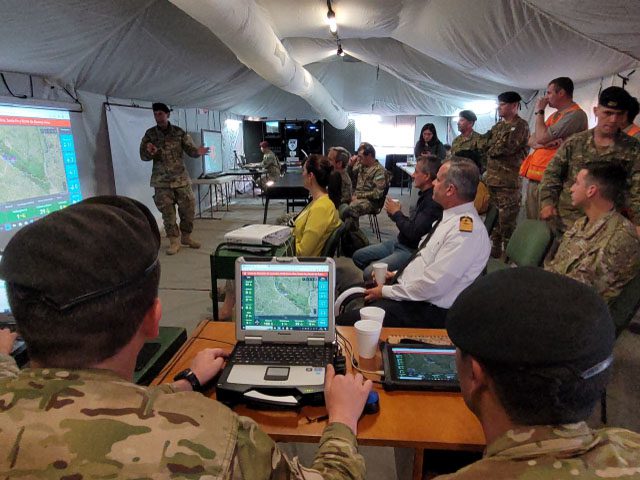
The island feels like a set of parentheses – a world apart from everything else. It has become a space where many more people live than expected. These residents live out their days enjoying the silence, interrupted only by the sound of the engines on the fishermen’s boats. They take in the smell of the uncontaminated river.
Then, the fires come. The area begins to feel like a theater of war. The team fights the fire, risking their lives and working against the clock. They put their bodies in danger while living in a state of tension and expectation.
The Paraná Delta ecosystem changes as fires rage
The fight moved us daily and we traveled by water and air. We traversed vast kilometers, seeing fire after fire. Everything burned around us. At one point, in the middle of the struggle to put out an area, we witnessed the fire destroy everything. I feared for the team’s safety.
In the course of our work, we see plant and animal species die. The consequences and losses remain incalculable. Sometimes, when we return to an area we fought hard to extinguish, we see new fires breaking out.
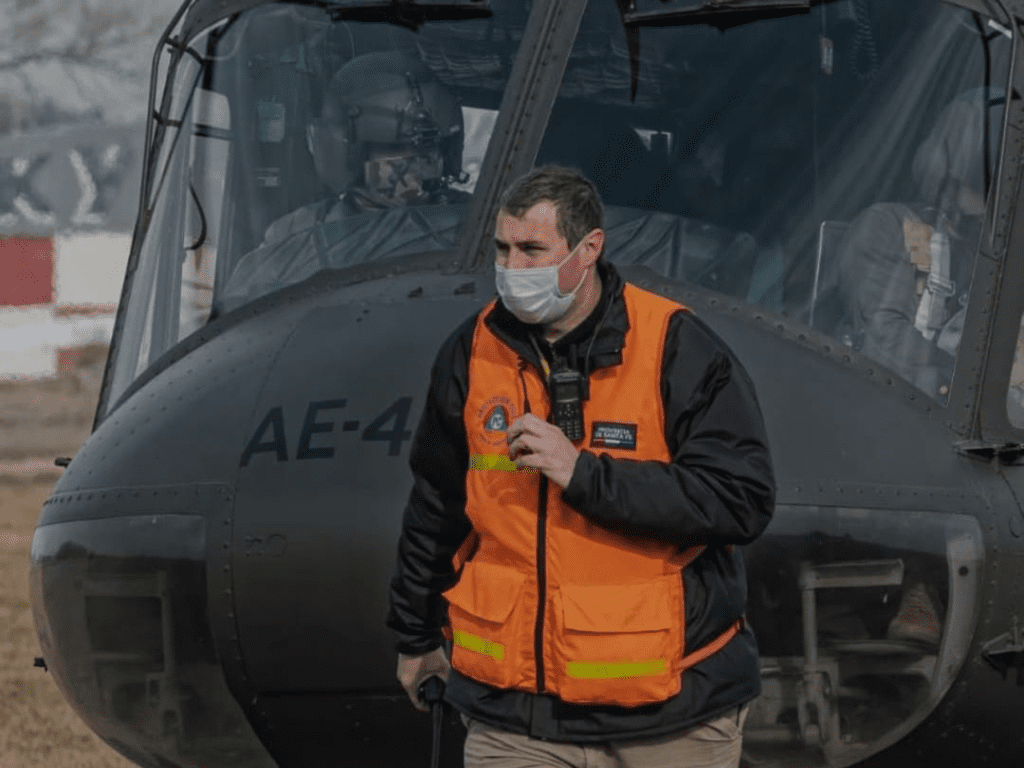
In those areas where vegetation began to renew, they seem different, as if they are predisposed to burning. The new fires start much faster, making it difficult for us to predict. We have to start all over again.
Now, some areas have been reduced to ash. These locations on the Paraná Delta once served as home to islanders and important species of plants and animals. Today, it lays baren. With everything destroyed, the image of the landscape looks foreign. The entire ecosystem changes as a whole, but we keep working. We contain the fires and prevent further damage.

